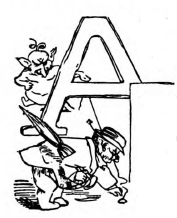
As caterers for the public taste, we can conscientiously recommend this book to all diners-out who are perfectly unacquainted with the usages of society. However we may regret that our author has confined himself to warning rather than advice, we are bound in justice to say that nothing here stated will be found to contradict the habits of the best circles. The following examples exhibit a depth of penetration and a fulness of experience rarely met with.
V.
In proceeding to the dining-room, the gentleman gives one arm to the lady he escorts—it is unusual to offer both.
VIII.
The practice of taking soup with the next gentleman but one is now wisely discontinued; but the custom of asking your host his opinion of the weather immediately on the removal of the first course still prevails.
IX.
To use a fork with your soup, intimating at the same time to your hostess that you are reserving the spoon for the beefsteaks, is a practice wholly exploded.
XI.
On meat being placed before you, there is no possible objection to your eating it, if so disposed; still in all such delicate cases, be guided entirely by the conduct of those around you.
XII.
It is always allowable to ask for artichoke jelly with your boild venison; however there are houses where this is not supplied.
XIII.
The method of helping roast turkey with two carving-forks is practicable, but deficient in grace.
XVII.
We do not recommend the practice of eating cheese with a knife and fork in one hand and a spoon and wine-glass in the other; there is a kind of awkwardness in the action which no account of practice can entirely dispel.
XXVI.
As a general rule, do not kick the shins of the opposite gentleman under the table, if personally unacquainted with him: your pleasantry is liable to be misunderstood—a circumstance at all times unpleasant.
XXVII.
Proposing the health of the boy in buttons immediately on the removal of the cloth, is a custom springing from regard to his tender years, rather than from a strict adherence to the rules of etiquette.